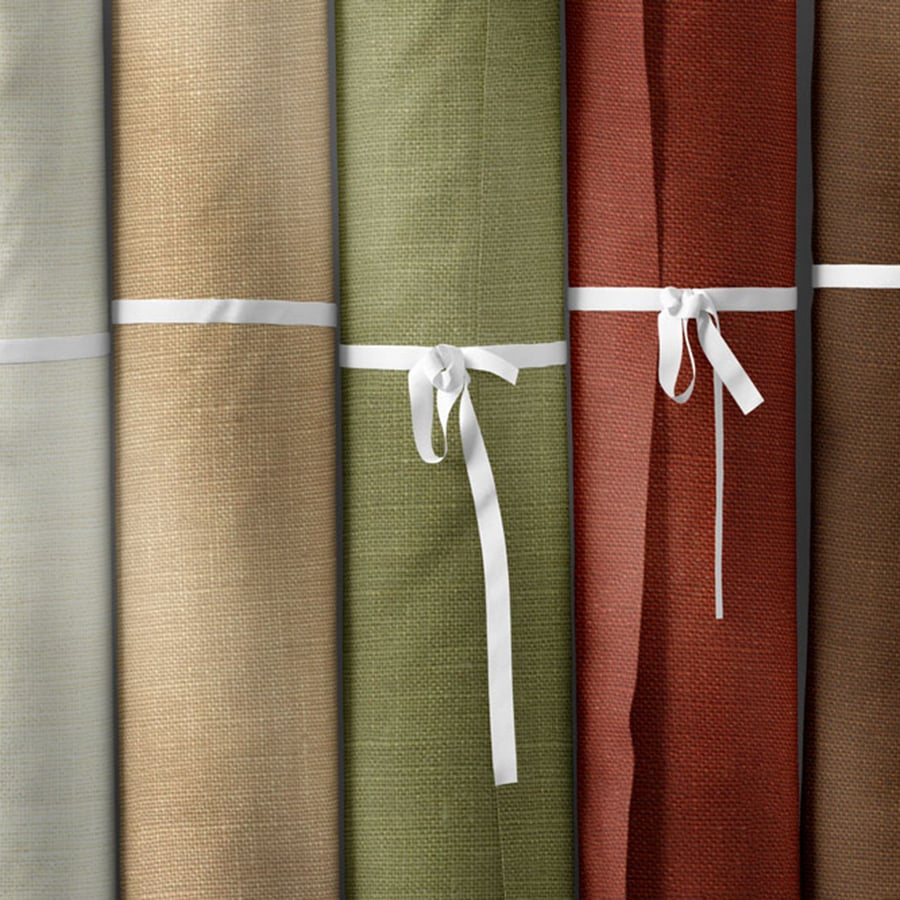Love and linen have become synonymous thanks to the fabric’s luxurious look and feel.
But, for the farming communities that produce the flax plants used to create linen, this love runs much deeper.
Nestled in the rolling countryside along the English Channel in Europe is farmland that has produced flax plants for generations. The oldest and most natural product that has ever existed, linen is made from fibers sourced from the stems of flax plants.
Flax fibers are very strong - up to three times stronger than cotton - due to their crystalline structure. This structure creates a durable fabric that is just as strong as it is beloved for its extraordinary comfort and low maintenance.
Linen is anything but ordinary, however. Its deep history has blended with modern-day advances to offer a fabric that has been perfected over generations, is truly for everyone and shows great love for the natural environment that grows this much sought-after textile.
Perfected Over Generations
Perfected over generations, linen enjoys a rich history. For many families, carrying on the tradition of tending to flax  plant fields located in the coastal communities of France, the Netherlands and Belgium has been a labor of love.
plant fields located in the coastal communities of France, the Netherlands and Belgium has been a labor of love.
The sowing of the flax takes place each year between mid-March and mid-April. Flax is grown according to a crop rotation method, with the rotation renewed every 6 to 7 years. This regenerates the soil for succeeding crops, such as beets, wheat and potatoes.
Today, farmers can choose among the 20 or so varieties that are available, which helps farmers improve yields through plot-specific sowing. This planting method allows farmers to stagger the maturation of crops based on disease criteria and when a particular variety should be planted. This also reduces the need for fertilizer.
Around mid-June, the flax blooms with nearly 80 to 100 flowers per stem. It’s a gorgeous site for any nature lover, but for farmers, the flowers are a sign that their work is just beginning.
About 5 weeks after flowering, pulling occurs. This pulling process (rather than cutting) preserves the length of the fibers contained within the stem.
Thanks to the evolution of technology, the production of linen has adapted as well. Modern-day machinery now plays a larger role in processing the flax fibers, though the intricate process of crafting linen remains the same.
Here’s a closer look at how linen is made today:
- Flax is planted in a cool climate and after approximately 100 days is harvested.
- A “retting” process helps loosen the fibers, which are separated from the plant. Retting occurs when the flax is placed in water before being taken out to dry.
- The leaves and seeds of the plant are removed, as well as the flax fibers located inside the dried stems.
- Flax fibers are further loosened using a “scutching” process where the woody part of the stalk is crushed.
- Fibers are removed, and other parts of the plant are set aside for other purposes such as making paper.
- These natural fibers are then “heckled,” which separates the short fibers using a combing technique. This leaves behind the long flax fibers.
- The long fibers are then spun into yarn before they are woven into a textile product.
Although once considered an ancient fabric, linen is very much used in modern decor. Products constructed using linen include table decor, window treatments, slipcovers and upholstery. This is primarily due to the fabric’s durability, breathability and low maintenance requirements.
A Textile For Everyone
The comfort and luxury of linen has made it a best-selling textile for generations. Its various perks also provide great  selling points for manufacturers since consumers today are looking for a high-end commodity that they will love.
selling points for manufacturers since consumers today are looking for a high-end commodity that they will love.
Because linen comes from the cellulose-based fibers of the flax plant, they are naturally hypoallergenic, moisture-resistant and breathable. For people who suffer from allergies, that’s welcome news since household items like pillows, curtains and upholstery are found in nearly every home.
Linen can absorb dampness up to 20% without feeling wet, which makes it a great textile for those living in warmer climates. This also helps prevent bacterial growth since it’s often the hidden dampness that is to blame.
Breathability is an important feature, especially in bedding and upholstery because it directly impacts comfort.
Linen is also the perfect choice for a variety of lifestyles, whether your customers lead busy lives or prefer spending more time relaxing and less time cleaning. One of the best features of linen is that it does not require extra care.
Washing and caring for fine linens can even be done in an individual’s washing machine and dryer. Our article, How To Wash Linen, further explains best practices when it comes to caring for your linen, but in general, there are only a few things to keep in mind when washing and drying linen. These include avoiding:
- Hot water
- Twisting or scrubbing the fabric
- Bleaching
- High heat
Even better, linen actually gets softer and improves as it ages, ensuring that furniture and other products stay fresh longer.
Love For The Environment
Linen continues to show its love for the environment as one of the most sustainable textiles available.
During the flax growing process, very little water is required. Farmers do not need to irrigate or fertilize during the process. Flax typically requires little to no pesticides, herbicides or fungicides as well.
Very little is wasted during the process that turns flax into linen. Parts of the flax plant that are not used for constructing linen can be used for other purposes, such as producing oil or flax seeds for consumption.
Even when a piece of linen is discarded, the fabric is biodegradable, ensuring no lasting effect is made on the environment when no longer in use.
This environmentally-friendly aspect adds another layer of appeal to companies that value and love sustainable practices.
If you are thinking about incorporating linen into your production, here is What To Look For In A Linen Supplier to help you find the right partner for your projects and to ensure you can depend on the quality of the materials you use.





